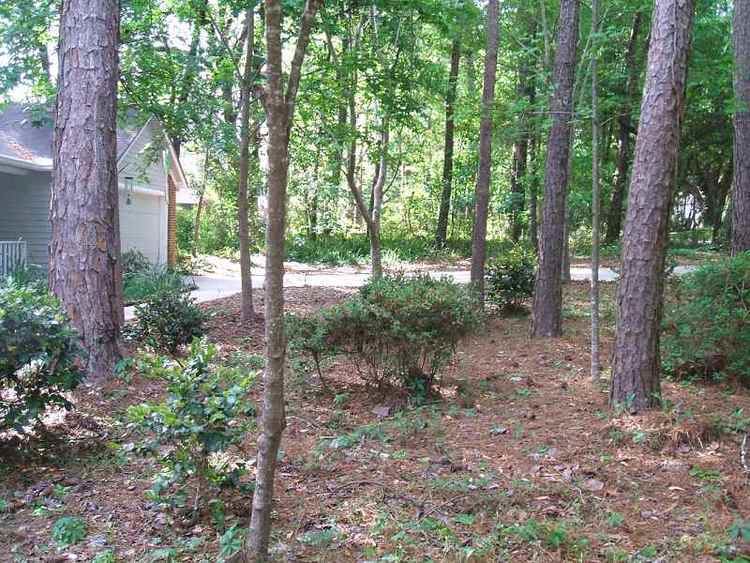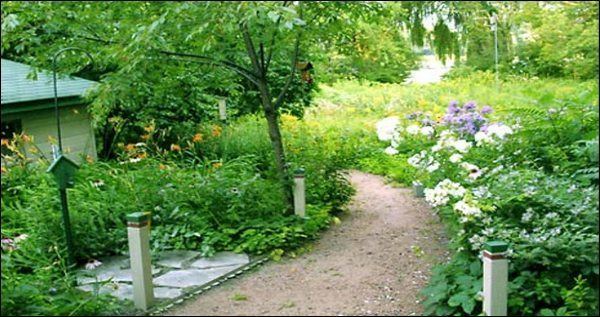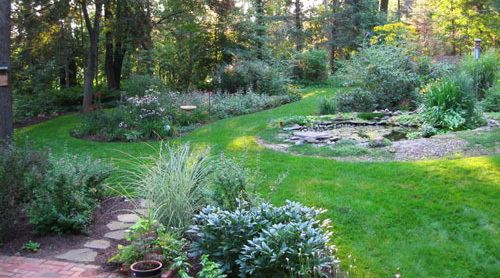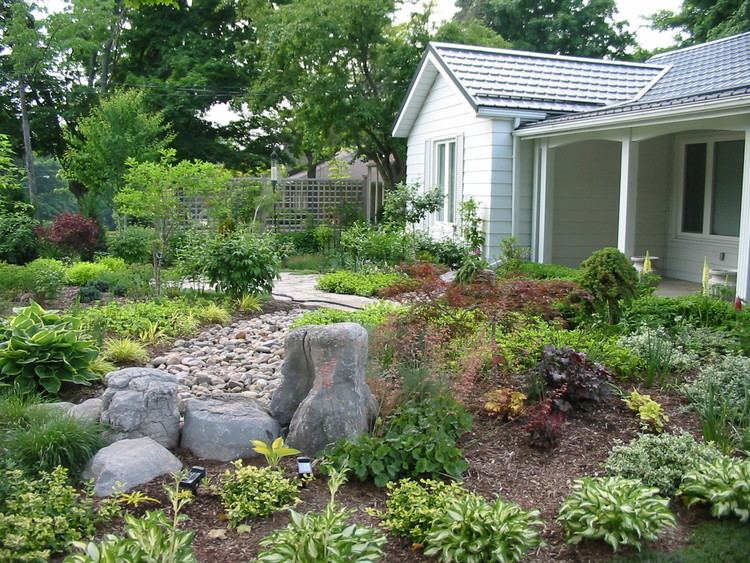 | ||
Natural landscaping ideas landscaping ideas on a budget
Natural landscaping, also called native gardening, is the use of native plants, including trees, shrubs, groundcover, and grasses which are indigenous to the geographic area of the garden.
Contents
- Natural landscaping ideas landscaping ideas on a budget
- Cities skylines dream island 4 natural landscaping
- Maintenance
- Ecology and habitat
- Habitat challenges
- Types
- Wildflower gardens
- Rain gardens
- Advantages
- Disadvantages
- Effect of new construction
- Land reclamation
- Native plant societies
- References

Cities skylines dream island 4 natural landscaping
Maintenance

Natural landscaping is adapted to the climate, geography and hydrology and should require no pesticides, fertilizers and watering to maintain, given that native plants have adapted and evolved to local conditions over thousands of years. However, these applications may be necessary for some preventive care of trees and other vegetation in areas of degraded or weedy landscapes.

Native plants suit today's interest in "low-maintenance" gardening and landscaping, with many species vigorous and hardy and able to survive winter cold and summer heat. Once established, they can flourish without irrigation or fertilization, and are resistant to most pests and diseases.
Many municipalities have quickly recognized the benefits of natural landscaping due to municipal budget constraints and reductions and the general public is now benefiting from the implementation of natural landscaping techniques to save water and create more personal time.
Ecology and habitat

Native plants provide suitable habitat for native species of butterflies, birds, pollinators, and other wildlife. They provide more variety in gardens by offering myriad alternatives to the often planted introduced species, cultivars, and invasive species. The indigenous plants have co-evolved with animals, fungi and microbes, to form a complex network of relationships. They are the foundation of their native habitats and ecosystems, or natural communities.

Such gardens often benefit from the plants being evolved and habituated to the local climate, pests and herbivores, and soil conditions, and so may require fewer to no soil amendments, irrigation, pesticides, and herbicides for a beautiful, lower maintenance, and more sustainable landscape.
Habitat challenges
However, while local provenance plants have adapted to local conditions (which includes climate, soil, and other native plants and animals), there will often be instances, especially in cities, where one or more of these will have been radically altered.
Examples include:
Many weeds in an area are usually the result of imported plants. These plants become invasive because there are no natural controls such as disease, weather, or fauna in their new environment. They take over native habitats, reducing shelter and food for local fauna. Using local provenance plants increases the biodiversity of and is important for the health of a region's overall ecology.
Much of the wild areas have been destroyed to make room for urban development. Housing developments have replaced native habitats with ornamental plants and lawns, pushing the wildland-urban interface further out. While development won't be stopped, gardeners can keep wild areas and green spaces filled with native species on their lots and in their communities.
Despite this, there are usually plenty of indigenous or native plants which will grow and thrive in the area one is trying to establish a native garden.
Types
Wildflower gardens
Wildflower is a term used in some countries to describe the numerous showy flowers from some drier climates, most notably southwest Western Australia, Southern Africa and North America.
Rain gardens
Rain gardens that absorb rainwater from gutters and impervious surfaces work much better when planted with native plants tolerant to the alternate flooding and drying cycles.
Some wildflower gardens attempt to recreate a prairie landscape, including native grasses along with the flowering plants, or forbs. Such gardens benefit the local wildlife, often attracting birds, butterflies and small mammals. By carefully choosing the plants in the garden, the gardener can encourage some of these visitors to the garden. One popular type of wildflower garden specializes in attracting butterflies and is called a butterfly garden.
The native plants used in wildflower gardens often have deep root systems. This makes them good plants for absorbing runoff and allowing the water to filter back into the local water table. Wildflower gardens that focus on capturing runoff in this fashion are called rain gardens.
Advantages
Disadvantages
Effect of new construction
In new construction, builders can either avoid clear cutting or clearing an entire property and disturbing other large flora or builders can completely clear an area of all flora to save construction time and replace the clearing with juvenile specimens once the job is complete. The downside to this is additional costs involved with purchasing replacements. The builder may also choose to plant additional native trees and other flora after construction to help the property blend with natural surroundings.
In some planned developments, natural landscaping is the requirement. Builders may not remove trees larger than a specific diameter and owners may not arbitrarily cut trees without a permit.
Land reclamation
Throughout the world, forested areas were turned into cattle grazing or farmland. Often this land is then turned into residential or commercial use property. By returning the land back to its original state prior to human disturbance, vast amounts of energy usage and increasing pollution can be reduced. Natural landscaping costs less to install than traditional landscaping and, after the initial few years, reduces maintenance costs, combats erosion, and accommodates storm and flood waters better.
Native plant societies
In many parts of the world there are societies, clubs or local groups, such as Bushcare or ASGAP in Australia, the North American Native Plant Society, or the California Native Plant Society, which are made up of gardeners interested in growing plants local to their area, state or country. In the United States, Wild Ones--Native Plants, Natural Landscapes is a national organization with local chapters in many states. New England Wildflower Society, and Lady Bird Johnson Wildflower Center. provide information on native plants and promote natural landscaping. These organizations can be the best resources for learning about and obtaining local native plants. Many members have spent years or decades cultivating local plants or bushwalking in local areas.
